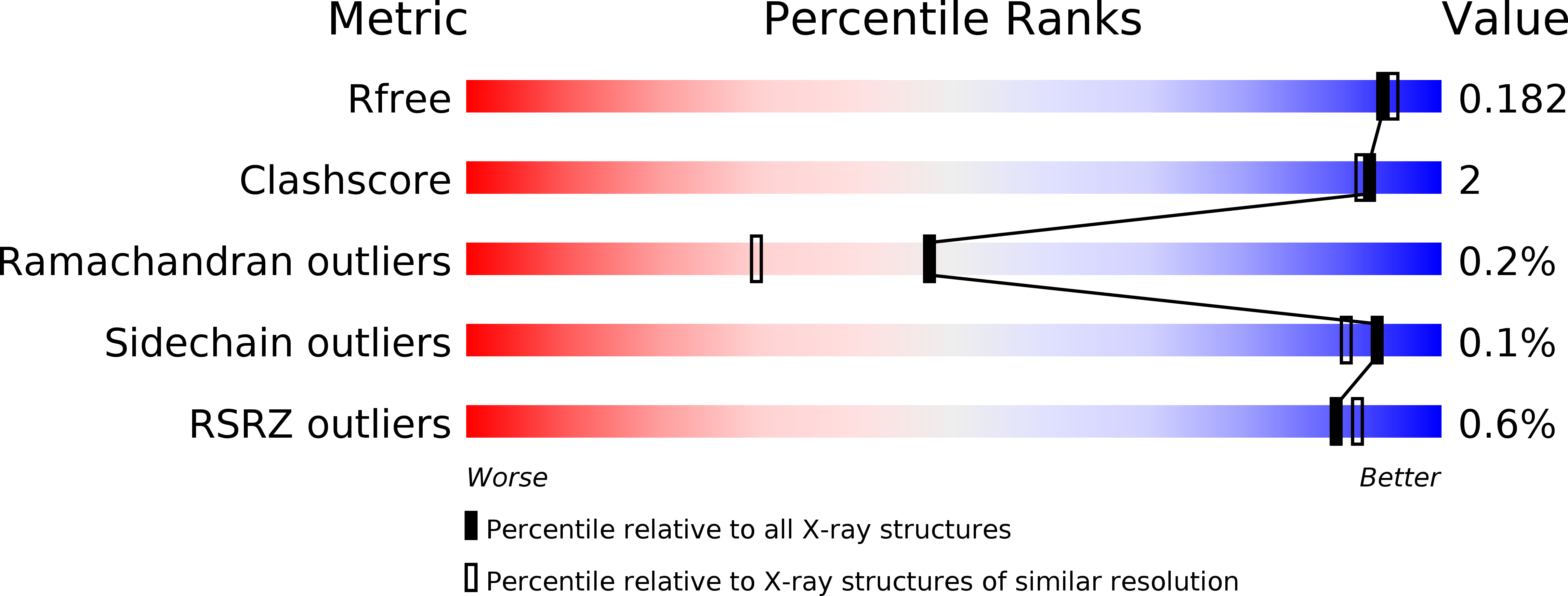
Deposition Date
2017-05-12
Release Date
2018-03-21
Last Version Date
2024-11-20
Entry Detail
PDB ID:
5XM3
Keywords:
Title:
Crystal Structure of Methanol dehydrogenase from Methylophaga aminisulfidivorans
Biological Source:
Source Organism:
Methylophaga aminisulfidivorans MP (Taxon ID: 1026882)
Host Organism:
Method Details:
Experimental Method:
Resolution:
1.70 Å
R-Value Free:
0.18
R-Value Work:
0.15
R-Value Observed:
0.15
Space Group:
P 1 21 1


